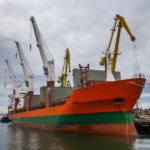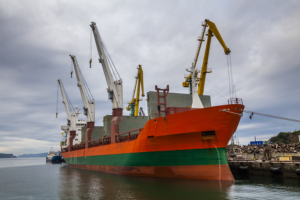The supply chain functions in the same way that an equation does. To reach the desired result, factors, potentials, and probabilities must be operationalized. Even the smallest lapse in concentration can have far-reaching consequences.
The one benefit mathematical equations have over the supply chain is that they are simpler. The use of pre-existing principles to maintain the concordance of each number and operation in the equations is all that is necessary. I acknowledge that knowing how to deal with them in various ways is vital; yet, there are no specific regulations in the supply chain that fit the complexity of the changes that have happened.
Maintaining a strong compliance regime might be tough for supply chains, but it is vital. The gravity of the matter is such that it touches on some of the most terrible atrocities committed in modern times. Child slavery, loss of fundamental rights such as freedom and food, financing of wars, and corruption are only a few examples. Such things will not exist in the market’s future, but it is still crucial to keep an eye out for them to battle them.
Regardless of the equation, each number has its meaning, however, they undergo resignification when placed in a different context. The same is true for supply chain compliance regulations. Each component has a certain purpose, but when combined with others, they take on new significance. When a large brand signs a contract with a supplier or a point of sale, it happens an association of image and credibility.
Compliance in global supply chain
Some preliminary measures are mandatory to develop a compliance regime in a global supply chain. Look, there is no one-size-fits-all solution; each firm will have unique needs. However, there is some general guidance.
It is best to begin with a compliance risk assessment, in which personnel from all units should participate. Most businesses already have a risk assessment of their supply chains, but they frequently fail to investigate parallel concerns that are relevant to compliance.
Establishing the rights and responsibilities of all supply chain partners must be clear and concise. This reduces risks by establishing accountability for errors and eliminates the chance of retaliation against personnel.
Another critical step is to ensure that the supply chain is within the compliance policy. To be secure, an integrated system that analyzes data correctly is required.
Finally, guaranteeing the visibility of the whole cargo transportation process and communicating openness to consumers have become worldwide company principles. The easiest approach to attain such goals is to include the operating system Grydd within your company.


















